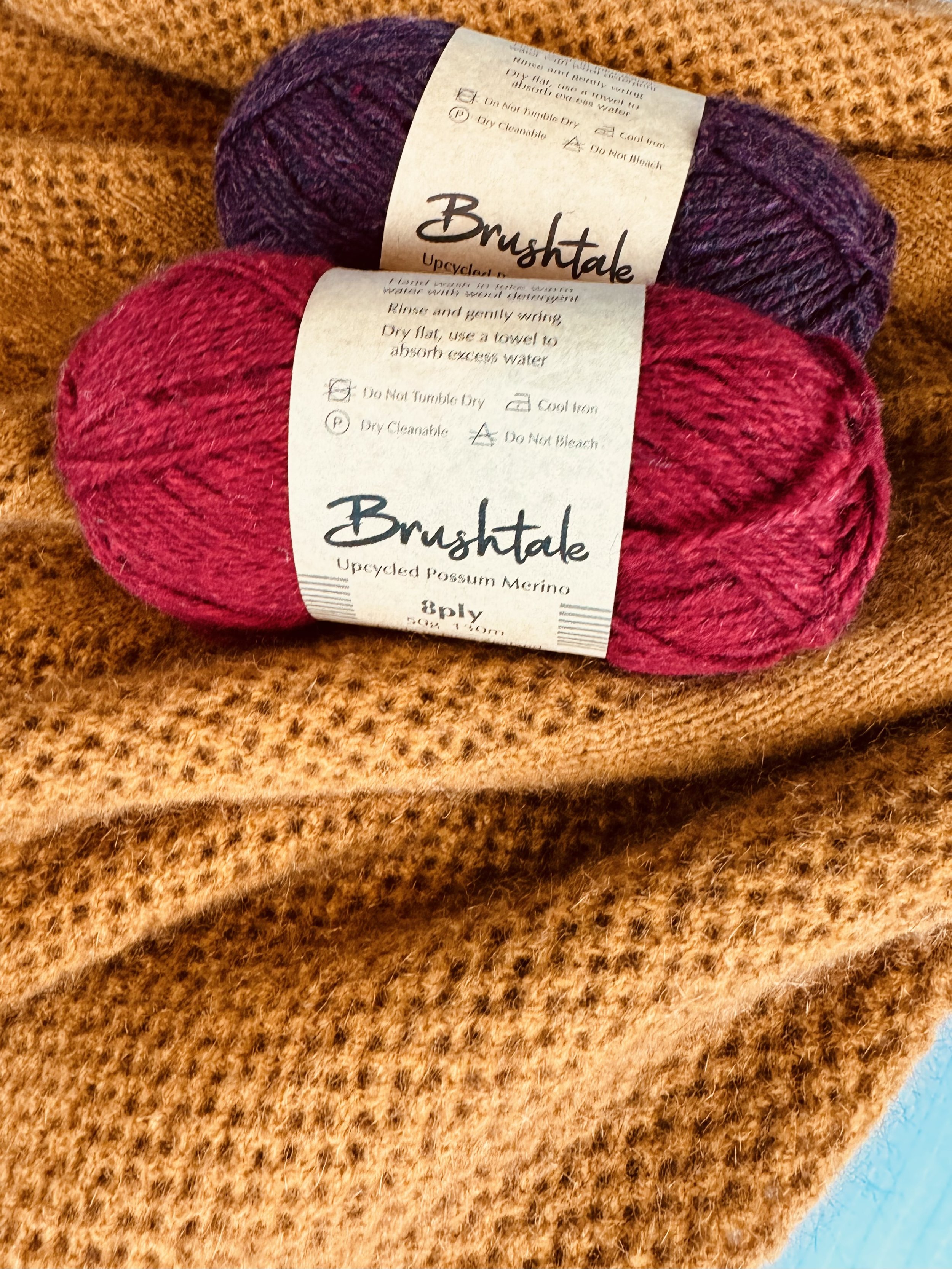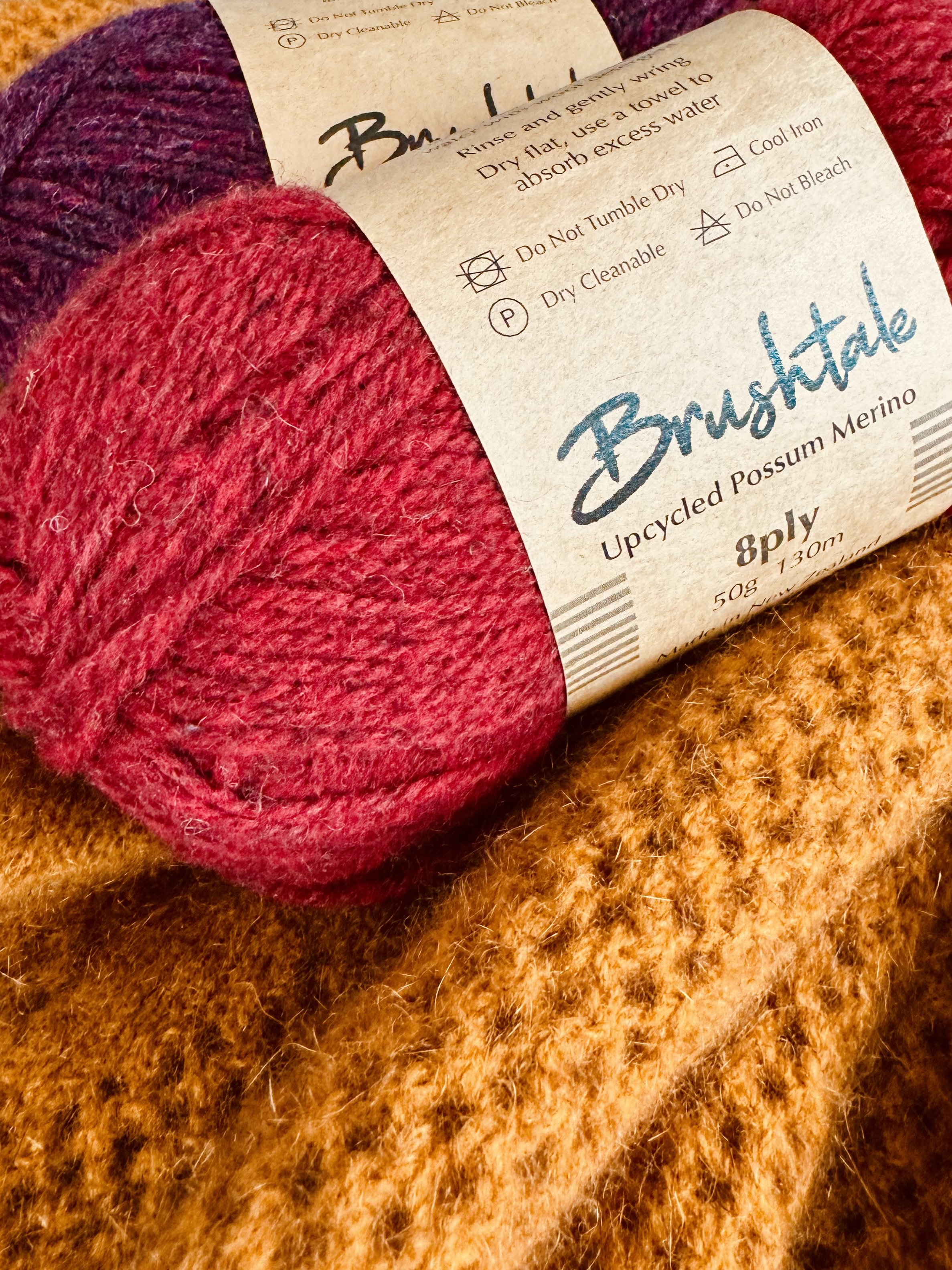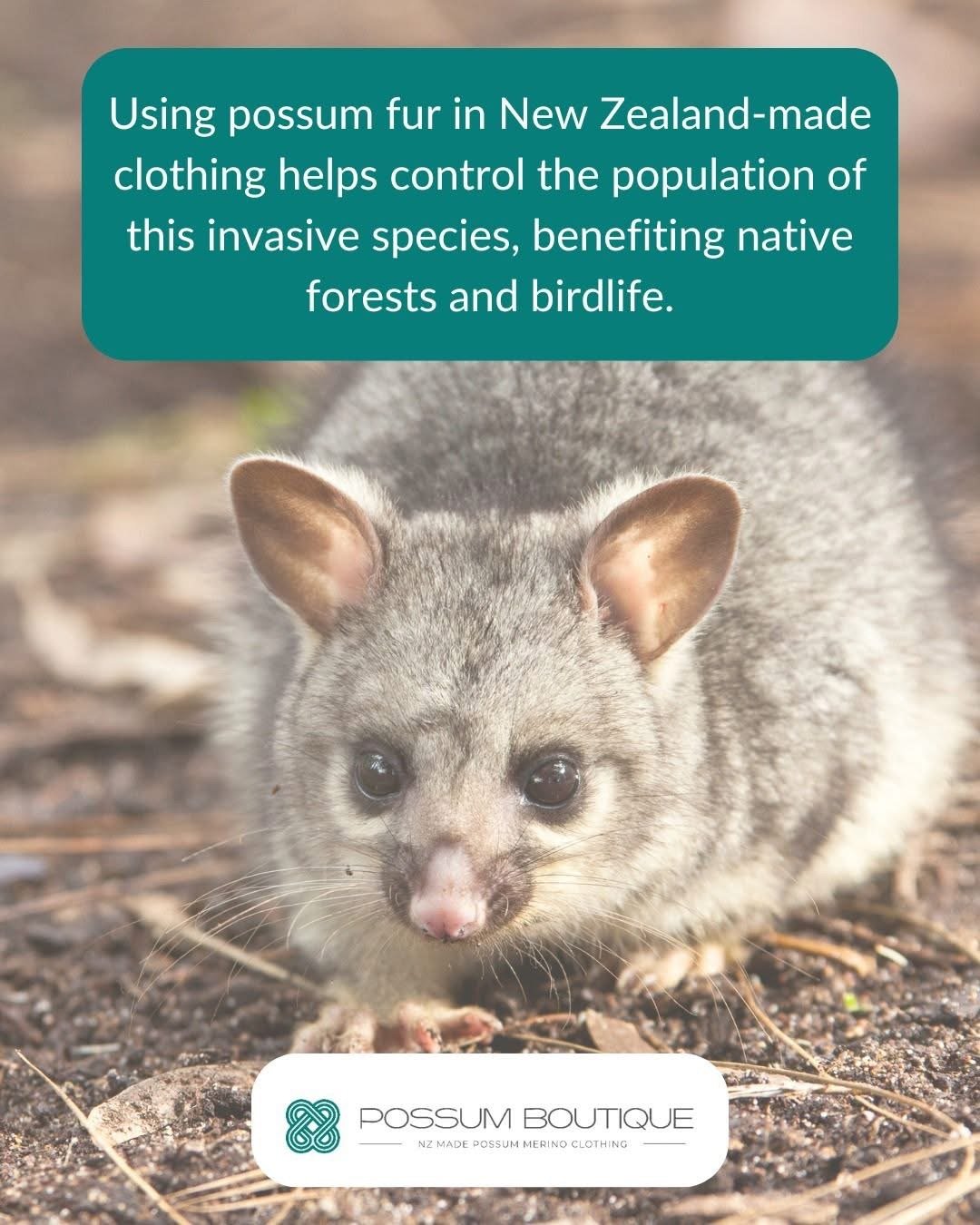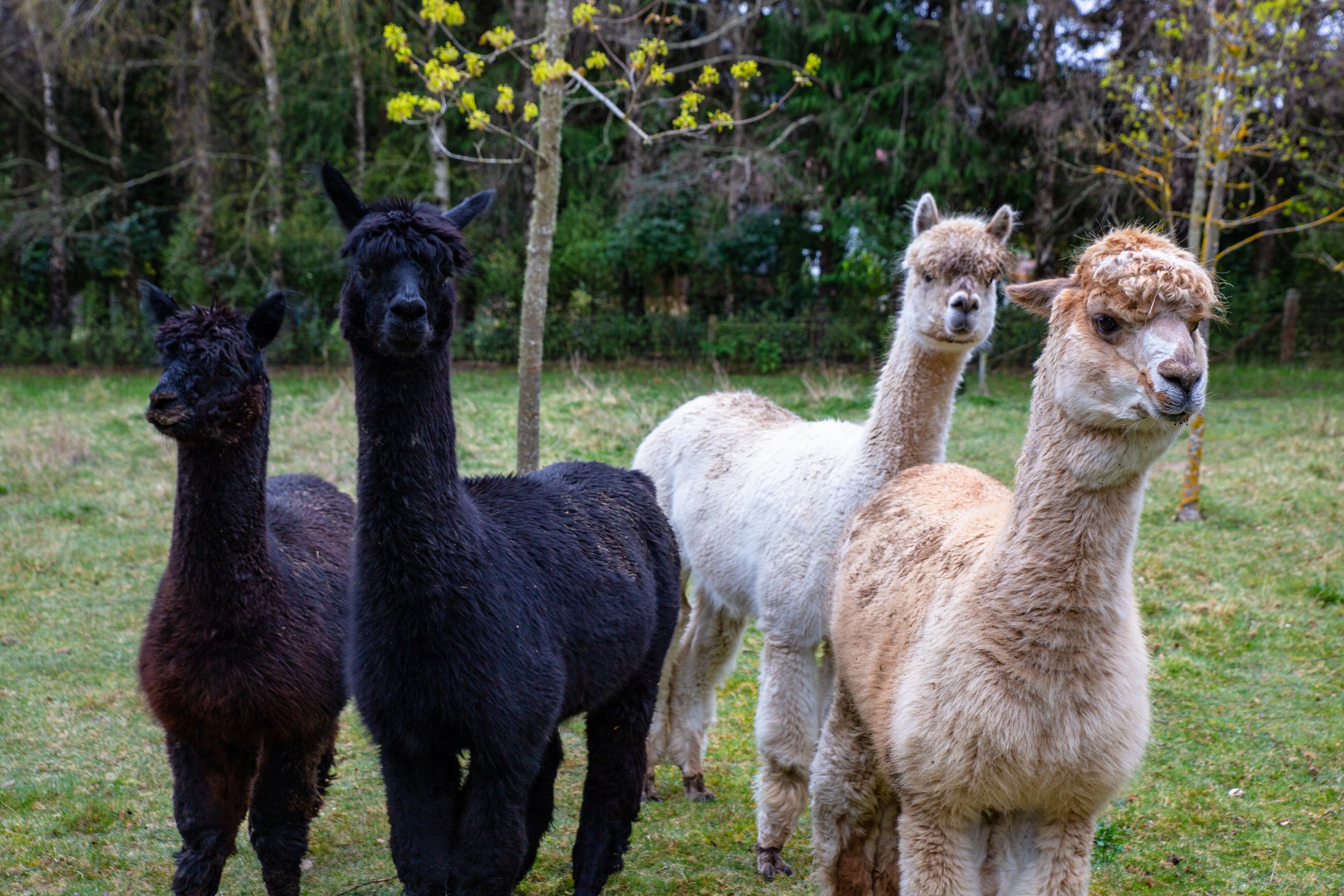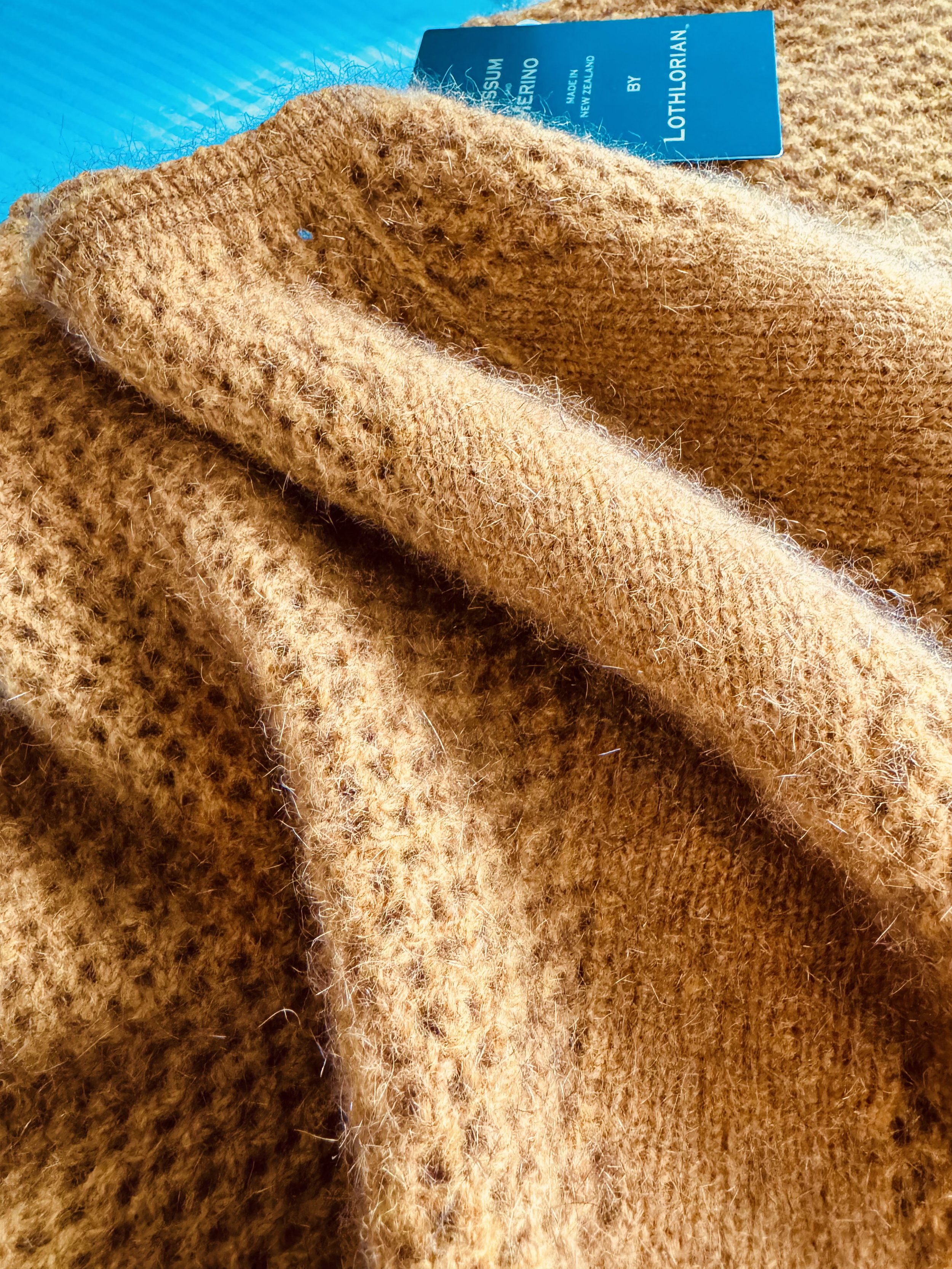5. Possums, Alpacas, and Sheep: New Zealand Wool
May 2, 2025
[A Special Post for my Kids ]
Hi my special babies,
Today’s adventure wasn’t about hiking, museums, or rainstorms (though there was plenty of wind and rain). It was about something much cozier: wool. Not just any wool — but the kind that’s been cared for, spun, and stitched right here in New Zealand by local craftspeople who really know what they’re doing.
You know those soft, snuggly things I bought for you? They were made right here in New Zealand, and they carry with them a story. A wild story. One that starts in the hills, involves sheep, possums, alpacas — and ends with something comforting enough to wear.
Why Possum Fur?
First, let’s talk about the brush-tailed possum. I have included pictures below of all the animals so you can see what they look like.
Now, the possum is not native to New Zealand, meaning it is not from here. They were brought over from Australia in the 1800s for fur trade, but things got out of balance fast. Without predators, possums became a major invasive species, damaging forests and threatening native birds like the kiwi.
They’re estimated to number over 30 million today. Thats ten times the amount of possums than people!
To help protect the environment, New Zealand allows people to hunt possums. It’s part of conservation. But instead of wasting their fur, people have found a remarkable use for it — spinning it into yarn.
When possum fur is blended with merino wool (sheep wool), it creates a fabric that is:
Warmer than wool alone
Softer than cashmere
Lighter and more breathable than most natural fibres
It’s a way to honour the animal, protect the ecosystem, and create beautiful things all at once.
How People Make Wool
Let me walk you through the journey your special New Zealand mitts took:
Shearing:
On a farm, merino sheep are carefully sheared. It doesn’t hurt them; it’s like getting a haircut, and it keeps them cool and healthy through warmer months.Sorting & Grading:
After shearing, the fleece is sorted. Not all wool is equal — the best goes on to be fine-spun into yarn, while coarser bits may become insulation or felt.Cleaning & Carding:
The wool is then washed (scoured) to remove lanolin and dirt. It’s brushed out and aligned into soft, fluffy strands through a process called carding.Blending:
This is where possum fur (or alpaca, depending on the yarn) is added. It’s cleaned and combed just like the wool. When blended together, the two fibers enhance each other — possum adds loft and insulation, while merino gives strength and softness.Spinning & Dyeing:
The wool-possum mix is spun into yarn and dyed in small batches using natural or low-impact dyes. You’ll see rich, earthy colours — like the berry yarn I brought back — that reflect the New Zealand landscape.Knitting, Weaving & Finishing:
Artisans and machines then weave or knit this yarn into garments. Some, like those from Lothlorian, are made in small factories. Others, like the yarn from Brush Tale, are hand-dyed and upcycled from leftover fibre to reduce waste.
The story continues below, but here are some pictures of the animals in New Zealand that provide us with wool:
What is Alpaca Wool?
Alpaca wool comes from the alpaca, a very funny little guy originally from South America. In New Zealand, alpacas are now bred on small boutique farms and lifestyle blocks, especially in the South Island. But be careful—alpacas can be a little spicy!
Why it’s special:
Hollow fiber = exceptional warmth: Alpaca fleece is naturally hollow, meaning it traps heat better than sheep wool — without being heavy.
Hypoallergenic: It doesn’t contain lanolin (the natural oil found in sheep wool), making it ideal for sensitive skin.
Soft like cashmere: Baby alpaca wool is especially fine — ultra-soft, silky, and non-itchy. Makes it especially good for babies like baby Claire!!!!
Water-resistant and breathable: Perfect for all climates, including New Zealand’s famously changeable weather.
Fun Facts:
There are over 26,000 alpacas in New Zealand — most are Huacaya (the fluffy kind), with a smaller number of the long-locked Suri.
New Zealand has its own Alpaca Association, and you can visit many working farms for hands-on experiences. Should we sign up??
Some of the finest alpaca products are blended with merino to add strength and stretch — the best of both worlds.
What is Merino Wool?
Merino comes from the Merino sheep (super cuties), a long time they came from Spain, but now they live in New Zealand.
Why it’s special:
Ultrafine fibers = zero itch: Merino wool is much finer than regular wool, which makes it incredibly soft and wearable next to skin.
Temperature-regulating: Keeps you warm when it’s cold, and cool when it’s hot — ideal for layering.
Moisture-wicking: Merino can absorb moisture (like sweat or mist) while still feeling dry to the touch.
Fun Facts:
New Zealand is home to over 2 million Merino sheep, especially in the Otago and Canterbury regions.
NZ merino is prized globally and used by brands like Icebreaker and Allbirds.
Merino sheep live at high altitudes, where the extreme temperatures produce especially dense, resilient wool.
Most NZ merino farmers practice sustainable and ethical shearing, with strict animal welfare standards, meaning that the people really care about the animals and treat them with kindness and love.
What You’re Wearing Has a Special Story
You’re not just wearing mittens or holding a ball of yarn. You’re touching:
The hillside where sheep grazed
The special forest that’s being protected
The hands of New Zealanders working to keep traditions alive
Even the names mean something.
Lothlorian, where I found Nana’s poncho, is inspired by a magical elven forest — light-filled and elegant.
Brush Tale, where I found Nana’s yarn, is a newer company committed to sustainable, low-waste fibre — their yarn is literally built from scraps of other projects, given new life.
We Love Our Earth
When we talk about being kind to our Earth, this is what it means. It’s not just about recycling plastic — it’s about using what nature offers without harming it.
By using possum fur, companies reduce pressure on native forests.
By valuing every strand of wool, they respect the sheep and the land they graze.
And by choosing these gifts for you — I hope you’ll feel connected to a different kind of adventure. One made of quiet hills, gentle sheep, wild forests, and clever hands. The kind of story you don’t need a plane ticket to revisit — just rainbow mittens, a skein of yarn, and maybe one chilly morning in Russell.
Missing you so very much!
Love always,
Mommy
